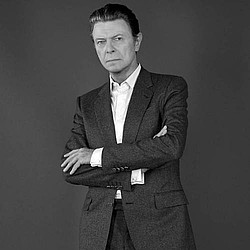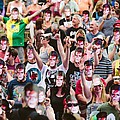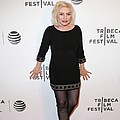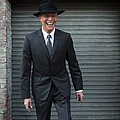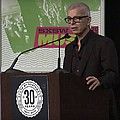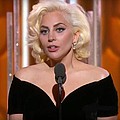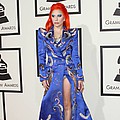The V&A has been given unprecedented access to the David Bowie Archive to curate the first international retrospective of the extraordinary career of David Bowie - one of the most pioneering and influential performers of modern times.
David Bowie is(opening next spring), will explore the creative processes of Bowieas a musical innovator and cultural icon, tracing his shifting style and sustained reinvention across five decades.
The V&A's Theatre and Performance curators, Victoria Broackes and Geoffrey Marsh, have selected more than 300 objects that will be brought together for the very first time. They include handwritten lyrics, original costumes, fashion, photography, film, music videos, set designs,Bowie's own instruments and album artwork.
The V&A will take an in-depth look at how David Bowie's music and radical individualism has both influenced and been influenced by wider movements in art, design and contemporary culture. The exhibition will also demonstrate how he has inspired others to challenge convention and pursue freedom of expression.
The exhibition will explore the broad range of Bowie's collaborations with artists and designers in the fields of fashion, sound, graphics, theatre, art and film. On display will be more than 60 stage-costumes including Ziggy Stardust bodysuits (1972) designed by Freddie Burretti, Kansai Yamamoto's flamboyant creations for the Aladdin Sane tour (1973) and the Union Jack coat designed by Bowie and Alexander McQueen for the Earthling album cover (1997).
Also on show will be photography by Brian Duffy, Terry O'Neill and Masayoshi Sukita; album sleeve artwork by Guy Peellaert and Edward Bell; visual excerpts from films and live performances including The Man Who Fell to Earth (1976) and Saturday Night Live (1979); music videos such as Boys Keep Swinging (1979) and Let's Dance (1983) and set designs created for the Diamond Dogs tour (1974).
Alongside these will be more personal items such as never-before-seen storyboards, handwritten set lists and lyrics as well as some ofBowie's own sketches, musical scores and diary entries, revealing the evolution of his creative ideas.
David Bowie news
